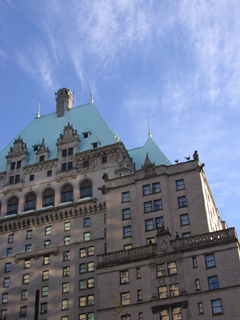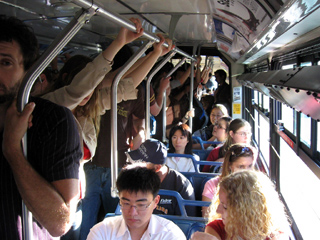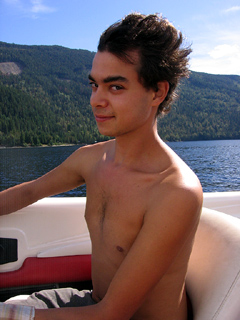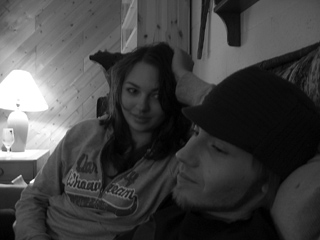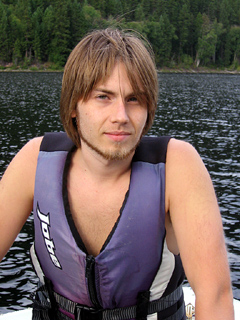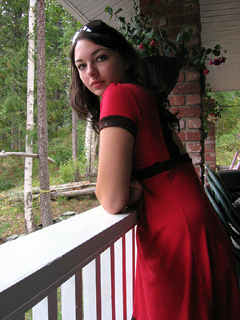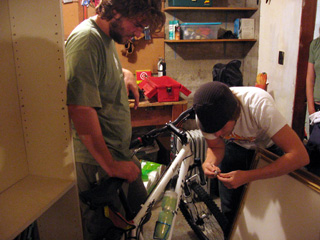Sitting in the Cafe Deux Soleils on Commercial is an interesting demonstration of how this is increasingly the part of town that makes the most sense to me. That was emerging strongly during my last few months in Vancouver, as more and more of my friends moved out here from the cocoon that is UBC and environs.
Being home has provoked a lot of thought and discussion about potential doctoral studies. Setting aside the question – addressed earlier – of whether to take a pause between M.Phil and PhD and what to do in it, the matter of where to do the latter degree remains. One option is to try and get into the D.Phil program at Oxford. I don’t know how many spaces there are, but it seems like many members of the M.Phil program are hoping to get one. The biggest advantage of doing so is the rapidity with which I would get the degree. To go from an M.Phil to a PhD in just two years almost feels like cheating, but such is the nature of the accelerated Oxford system. Paying for two more years at Oxford international student prices is pretty daunting, plus there simply must be a limited amount of learning and experience that you can acquire in just two years.
Another possibility, which I am considering most seriously, is to do a doctorate in the United States. Advantages are that good American schools apparently fund their doctoral students at a level sufficient to pay for school and remain alive and reasonably happy. That is pretty necessary, given that such a program would take between four and six years to complete, depending on where you go and how similar your doctoral thesis ends up being to your master’s thesis. If it is basically just an extension, there is obviously less work involved, and thus less time.
Doing a degree in Canada is not something I have given a great deal of thought to. I don’t really know too much about Canadian doctoral programs, and most people I know in them are rather disillusioned at the moment. Of course, most of the doctoral students I know are in Oxford or Canada – the United States is a sometimes alluring mystery.
Advice from those with information on any of those possibilities would be appreciated. Hopefully, I will extract a bit from Kathy Baylis and Peter Dauvergne on Friday.
PS. With 1.2GB of RAM, the iBook feels positively zippy when dealing with the nearly 7000 image files now resident in iPhoto.

